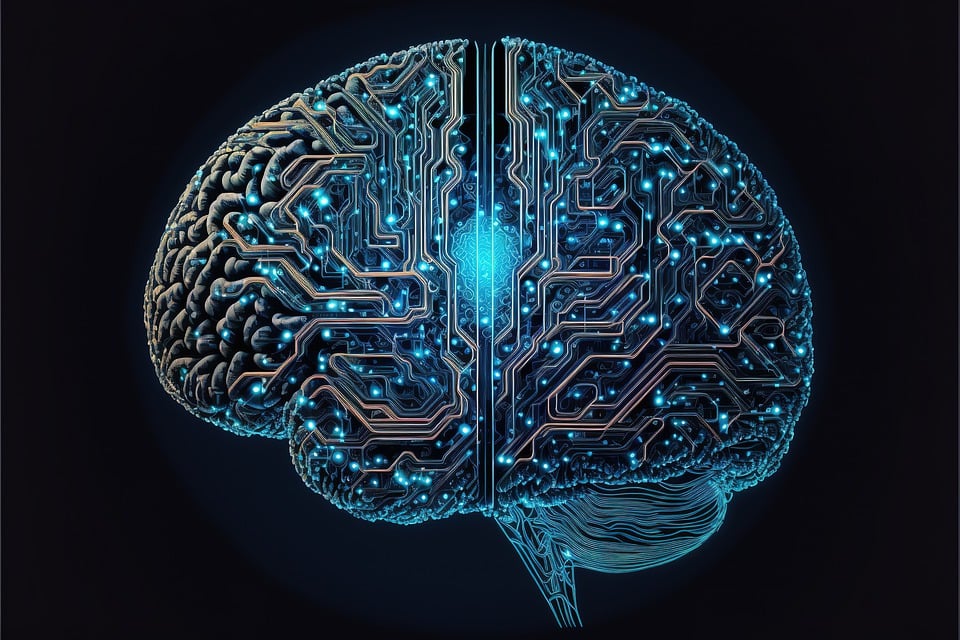Title: From Tiny Fibers to Powerful Movements: Exploring the Muscular System
Subtitle: An article that delves into the fascinating world of muscles, as well as a captivating image depicting muscle fibers in action, and a helpful FAQ section for beginner learners.
Introduction: The muscular system is an intricate network of over 600 muscles – each fibre is integral to the body’s overall functioning, enabling us to breathe, move, and maintain posture. From tiny fibers to powerful movements, this article will explore the various aspects of the muscular system to better understand how it works.
The Muscular System: Understanding its Structure and Function
1. Skeletal Muscles
The skeletal muscular system comprises approximately 600 muscles attached to the skeleton by tendons, enabling voluntary body movements like walking, jumping, and even facial expressions. Structurally, each skeletal muscle is made up of muscle cells, or muscle fibers, long and cylindrical in shape. Each muscle fiber contains multiple myofibrils and sarcomeres, the basic functional units made up of actin and myosin filaments, which slide past each other, contract and relax, to achieve muscle movement.
2. Smooth Muscle
Smooth muscles play a vital role in the functioning of our internal organs, such as stomach, intestines, bladder, and blood vessels, among others. Unlike the skeletal muscles, these muscles are involuntary and are controlled involuntarily by the autonomic nervous system. Smooth muscle cells are richly supplied with blood vessels, are tightly packed together, and lack the striations found in the skeletal muscles.
3. Cardiac Muscle
Like smooth muscles, cardiac muscles are also involuntary. However, cardiac muscles only exist in the heart and are responsible for pumping blood throughout the body. A fascinating attribute of cardiac muscles is the presence of intercalated discs, which are specialized cell junctions that allow electrical impulses to pass quickly between cells, offering a tight synchronization and strong contraction of heart muscles.
Image: [A vivid illustration of a contraction and relaxation cycle in a skeletal muscle fiber, illustrating the interaction of actin and myosin filaments and showcasing the coordinated function of muscle cells.]
Hormones and Neuromuscular Junction
Muscle contractions are triggered by the interaction of two critical components at the neuromuscular junction, a synapse between a motor neuron and a skeletal muscle cell:
1. Acetylcholine: When an electrical signal travels down the motor neuron, it triggers the release of a neurotransmitter called acetylcholine, which then binds to receptors on the muscle cell membrane.
2. Action Potential: This binding generates an action potential that travels down the muscle fiber, triggering the release of stored calcium ions.
3. Calcium: The calcium ions interact with the muscle filaments, initiating the sliding filament mechanism to bring about muscle contraction.
FAQs: Muscular System
Q: What is the difference between voluntary and involuntary muscles?
A: Voluntary muscles, like skeletal muscles, are under conscious control and responsible for body movements. On the other hand, involuntary muscles, like smooth and cardiac muscles, function automatically, without conscious effort.
Q: How do muscles contract, and what’s the role of ATP in the process?
A: Muscle contraction occurs when actin and myosin filaments slide past each other, producing a shortening or contraction of the muscle fibers. ATP, or adenosine triphosphate, is crucial as it provides the energy required to power this process.
Q: Why is regular exercise important for the muscular system?
A: Regular exercise helps to strengthen and maintain healthy muscles, improve overall mobility, and supports a variety of bodily functions, such as balance and posture.
Q: How do muscles receive nutrients and oxygen?
A: The muscular system has an abundant network of blood vessels that supply the muscles with essential nutrients and oxygen. When muscles contract, blood flow to the area increases, providing the necessary elements to sustain muscle function.
In conclusion, the muscular system is an intricate and crucial network of interconnected muscle cells responsible for our ability to move and function. From skeletal, smooth, and cardiac muscles to the fascinating neuromuscular junction, the intricate design of the muscular system showcases the marvels of human anatomy and physiology.


